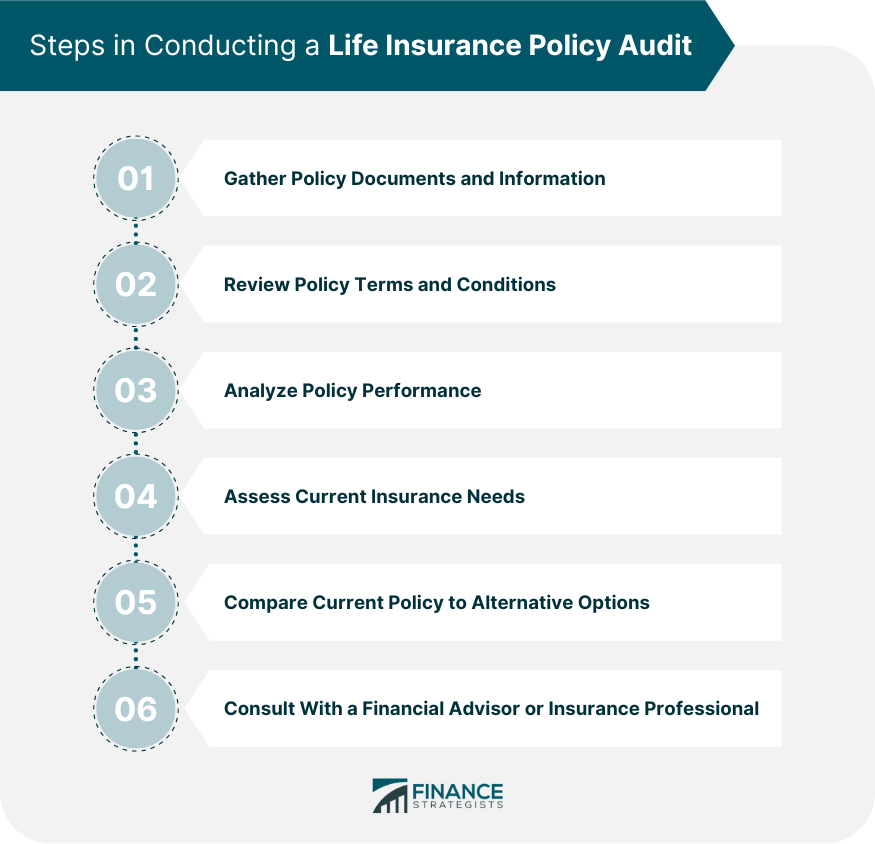Preparing for an Insurance Audit: A Step-by-Step Guide to Success

Are you dreading an upcoming insurance audit? Don’t worry, it’s a normal process that insurance companies use to ensure their policyholders have accurate and sufficient coverage. In this article, we’ll walk you through the preparation process, so you’re confident and ready to ace your insurance audit.
Why Do Insurance Companies Conduct Audits?
Before we dive into the preparation process, it’s essential to understand why insurance companies conduct audits in the first place. Insurance audits are a standard procedure used to verify the accuracy of the information provided by policyholders. The audit ensures that policyholders have adequate coverage and that premiums are calculated correctly. Insurance companies may also use audits to detect any potential risks or exposures that may impact the policy.
Step 1: Gather Relevant Documents
The first step in preparing for an insurance audit is to gather all relevant documents. This may include:
- Policy documents, including certificates, declarations, and endorsements
- Business records, such as financial statements and inventory reports
- Payroll records, including employee salaries and benefits
- Employee data, such as job titles, duties, and hours worked
- Business operations data, such as production levels and sales reports
It’s essential to have all these documents readily available and organized, as this will make the audit process smoother and less time-consuming.
Step 2: Review Policy Details
The next step is to review your policy details to ensure you understand what’s covered and what’s not. This includes:
- Policy limits and deductibles
- Coverage types and exclusions
- Endorsements and riders
- Premium calculations and payment schedules
Understanding your policy details will help you identify any areas of concern and address them before the audit.
Step 3: Identify Potential Risks
Insurance audits often focus on identifying potential risks or exposures that may impact the policy. To prepare for this, identify any potential risks or hazards associated with your business, such as:
- Workplace safety hazards
- Cybersecurity risks
- Natural disaster risks
- Supply chain disruptions




